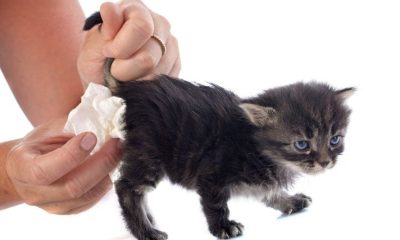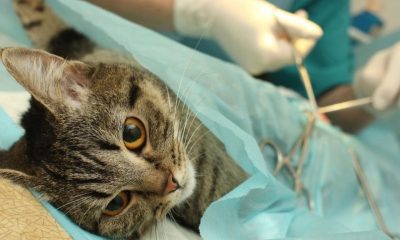Cats
07 Ways to Tell if Your Cat is in Pain
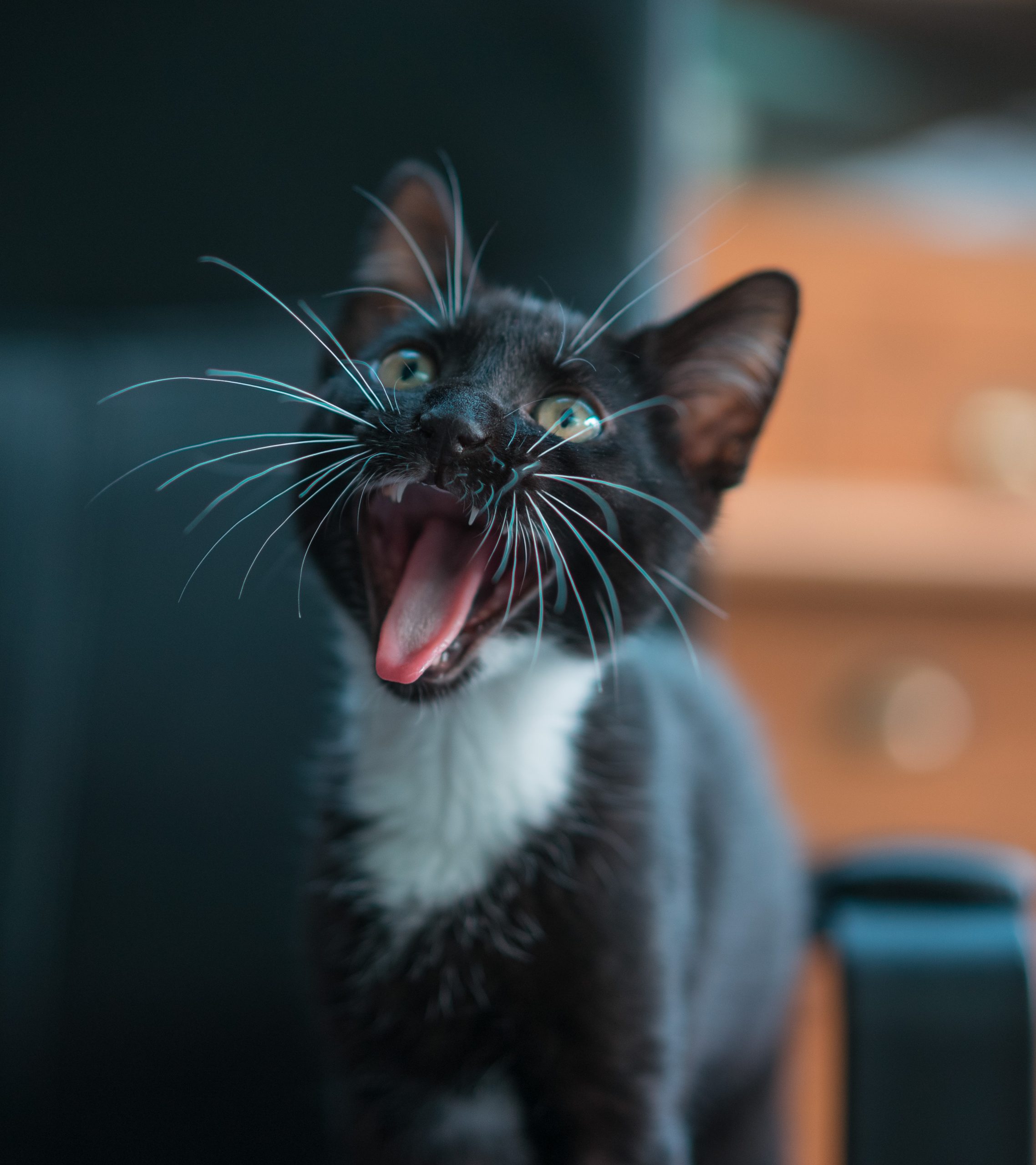
No one likes to see their beloved cat in pain, and it can be difficult to recognize the subtle signs that your cat is hurting. It’s important to know how to identify if your cat is in pain so you can help them feel better. In this blog post, we’ll discuss seven ways to tell if your cat is in pain and provide tips on how to best support your furry friend. Keep reading to learn more about how to tell if your cat is in pain.
- Excessive Grooming
One of the most common signs that your pet may be in pain is if they start to excessively groom themselves. This could mean anything from licking or biting their fur, to repeatedly scratching at their skin. If you notice your pet over-grooming, it’s important to take notice and monitor their behavior to determine if there are other symptoms of pain. This can be a sign that they’re trying to soothe themselves due to an underlying issue that is causing them discomfort. It’s important to take your pet to the vet right away if you see this behavior, as it could be a sign of a more serious medical condition.
- Hiding
One of the most telling signs that your cat is in pain is if they are hiding more than usual. If your cat normally loves to be around people, but suddenly seems to prefer staying in dark corners, it could be an indication of pain. If your cat is hiding and seems to be avoiding being touched or picked up, this could also be a sign that something is wrong. It’s important to note that cats in pain may hide for long periods, so it’s important to check on them regularly to make sure they are comfortable and not in too much pain.
- Changes in Sleep Patterns
If your cat is in pain, you may notice a shift in its sleeping habits. This could include sleeping more than usual or less than usual. If your cat is normally active during the day but suddenly becomes sedentary, this could be a sign of pain. Additionally, if your cat is indoors but starts venturing outdoors more often, it could be trying to find a place to rest without being disturbed. If your cat’s sleeping habits have changed drastically you can’t explain why taking them to the vet for a checkup is important.
Cats in pain may sometimes experience insomnia and wakefulness at night. You may also notice them moving around the house more than usual, as they look for a comfortable spot to rest. If your cat usually enjoys cuddling up with you in bed but stops doing so, this could be a sign that they are uncomfortable.
- Decreased Appetite
One of the most common signs that your cat is in pain is a decrease in appetite. If your cat used to have a healthy appetite but suddenly stopped eating, this could be a sign of an underlying health issue. Pay attention to any changes in your cat’s eating habits, such as refusing to eat food, eating less than usual, or not finishing their meals. This could be an indication that something is wrong.
If you notice that your cat is not eating, take them to the vet immediately. Pain can be one of the main causes of appetite loss and your vet will be able to determine the underlying cause and provide treatment. If you notice that your cat is not eating and is also displaying other signs of pain, such as hiding or excessive grooming, it’s best to get them checked out right away.
- increased vocalization
One sign that your cat may be in pain is increased vocalization. Cats who are in pain tend to meow more than usual and may sound more insistent than usual. This can take the form of continuous meowing, yowling, or crying. If your cat has always been relatively quiet, this increased vocalization can be a warning sign that something isn’t quite right. It could also indicate that your cat is seeking attention. If your cat is making more noise than usual, it’s worth a visit to the vet for a checkup.
- irritability
If your cat is in pain, you may notice that they become more easily irritated and cranky. This can manifest in their reaction to being petted or handled, as well as when interacting with other animals or people. If your cat is normally very social and friendly, but suddenly is displaying signs of aggression and lashing out when touched, this could be an indication that they are in discomfort. Similarly, if they are normally quite independent, but start seeking attention and cuddling up on your lap more than usual, they could be trying to seek comfort. It’s important to pay attention to any changes in your cat’s temperament, as it could be a sign that something isn’t quite right.
- changes in behavior
Changes in behavior are one of the most common indicators of pain in cats. If your cat is usually friendly and affectionate but has become withdrawn or uninterested in interactions, this could be a sign of pain. Other changes in behavior to watch out for include hissing, growling, or scratching when touched, sudden aggressive behavior, or refusal to move or climb stairs.
It’s important to pay attention to subtle changes in your cat’s behavior and try to identify any patterns that might indicate pain. Monitor your cat’s interactions with you and other family members and take note of any shifts in their personality or interaction style. For example, if your cat is normally very vocal but has become less so, it could be an indication of discomfort. A visit to the vet is recommended if you suspect your cat is in pain.
Read Also :
Analysis of Cat Behavior
5 Activities Cats Love to Engage in That Will Keep Them entertained
Cats
Tips for Taking Care of a Pregnant Cat
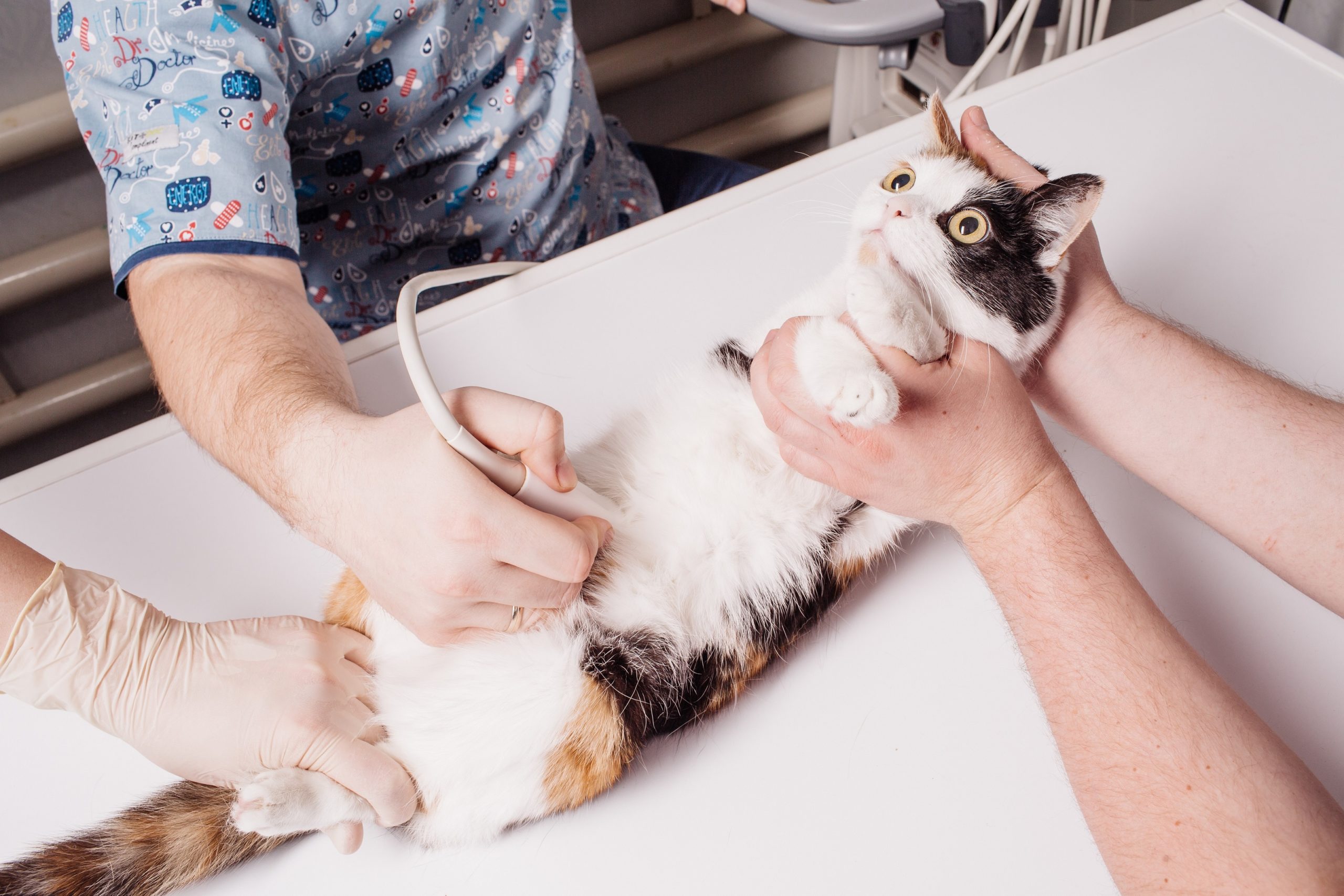
Having a pregnant cat can be a wonderful, but sometimes overwhelming experience. With the proper guidance and care, however, you can help make sure that your pregnant cat has a safe and healthy pregnancy. Taking care of a pregnant cat is relatively simple and involves making sure she has a comfortable home, nutritious food, and regular veterinary check-ups. In this blog post, we will cover the basics of feline family planning and provide some helpful tips for taking care of a pregnant cat.
Cats
Signs of Cat Pregnancy Week by Week
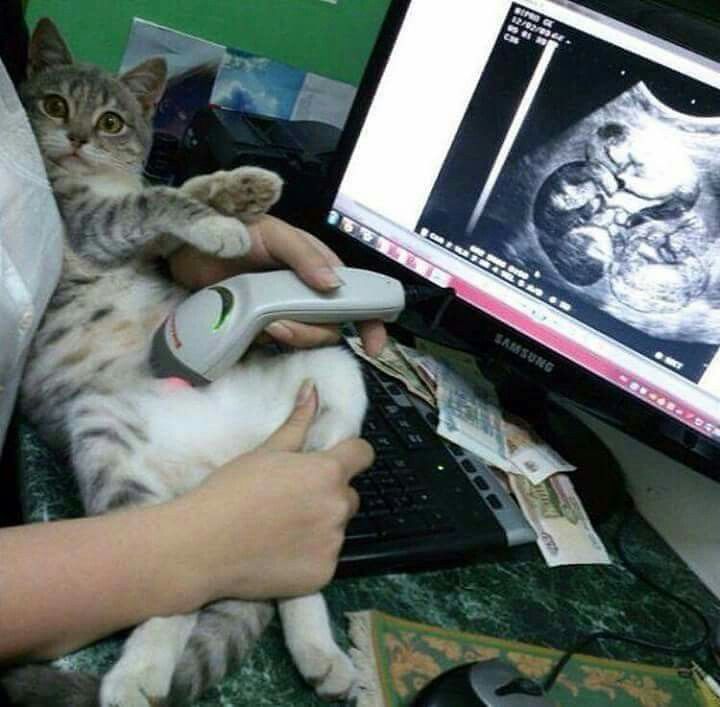
If you’re a cat owner, you may have noticed signs of your cat’s pregnancy and are wondering what to expect. Knowing the signs of cat pregnancy by week can help you better understand and monitor the changes your cat is going through during her pregnancy. In this blog post, we’ll discuss the various signs of cat pregnancy and what to expect from week to week.
Cats
Why Kittens are Born Dead or Deformed
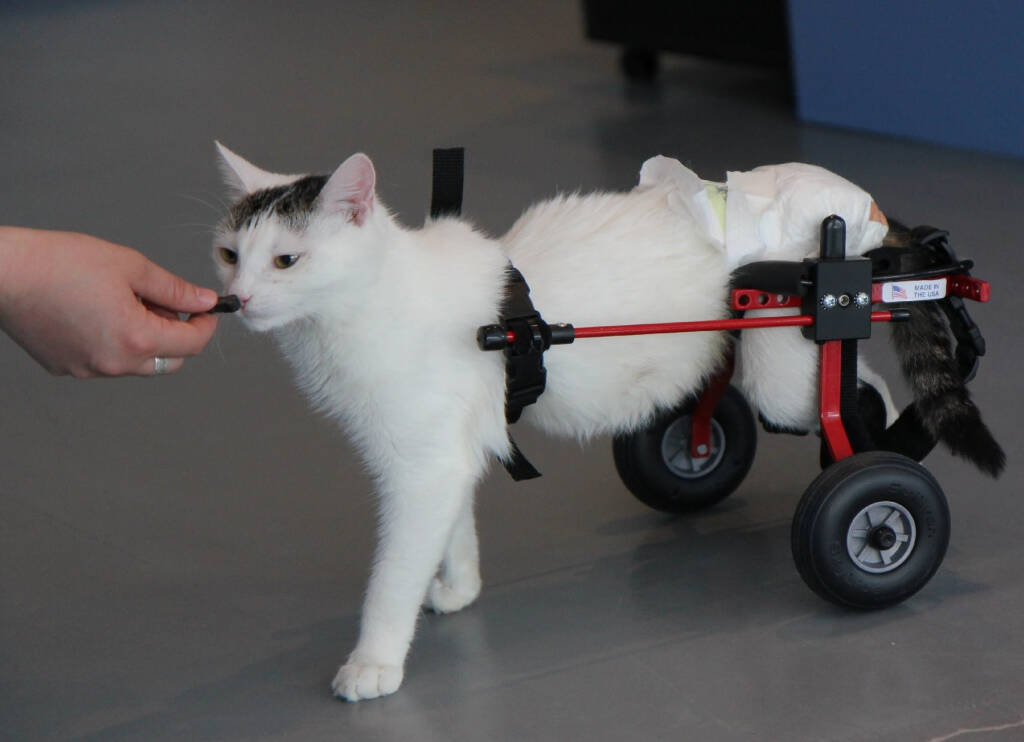
No one expects to find dead or deformed kittens in a litter, but sadly this does happen from time to time. In this blog post, we will discuss the reasons for the birth of dead and deformed kittens, as well as what can be done to prevent this from occurring. We will also discuss how to properly care for these kittens if they are born alive. By understanding the causes and effects of dead and deformed kittens, we can better support our furry friends in need.
Trending

 Cats12 months ago
Cats12 months agoDon’t Feed Your Cat These 8 Foods!

 Cats8 months ago
Cats8 months agoWhy Do Cats Spray and How Can You Stop Them? Insights into Urine Spraying in Male Cats

 Dogs2 years ago
Dogs2 years agoSo You’re Thinking About Getting a Poodle

 Birds1 year ago
Birds1 year agoThe Perfect Blend for Your Birds: Birds and Blend

 Horses1 year ago
Horses1 year agoDon’t Go Horse Shopping Without Checking This Dressage Horse Shopping Checklist First!

 Cats7 months ago
Cats7 months agoPre-Vaccination Prep: Getting Your Cat Ready

 Cats7 months ago
Cats7 months agoThe Ins and Outs of Cat Sterilization: Removing the Female’s Ovaries

 Dogs7 months ago
Dogs7 months agoWhat to Do With Your Dog’s Body After Death: A Guide for Pet Owners




